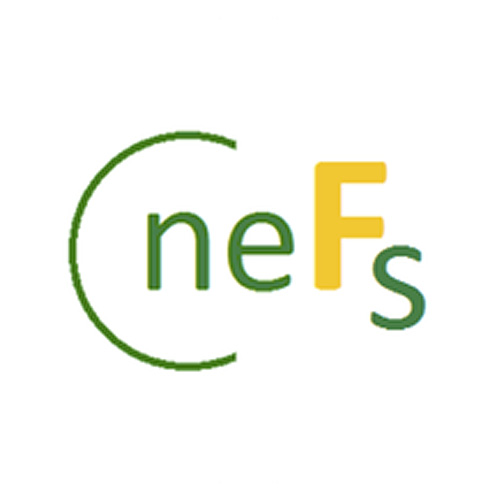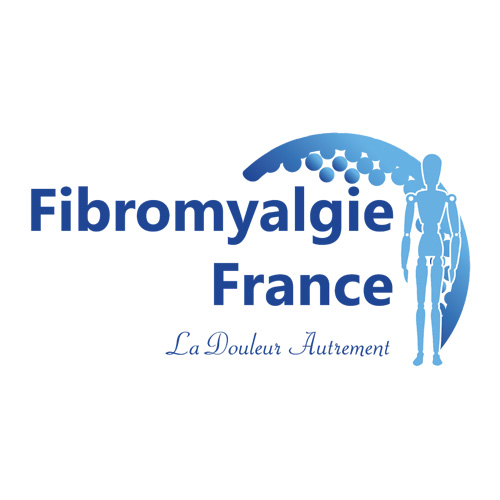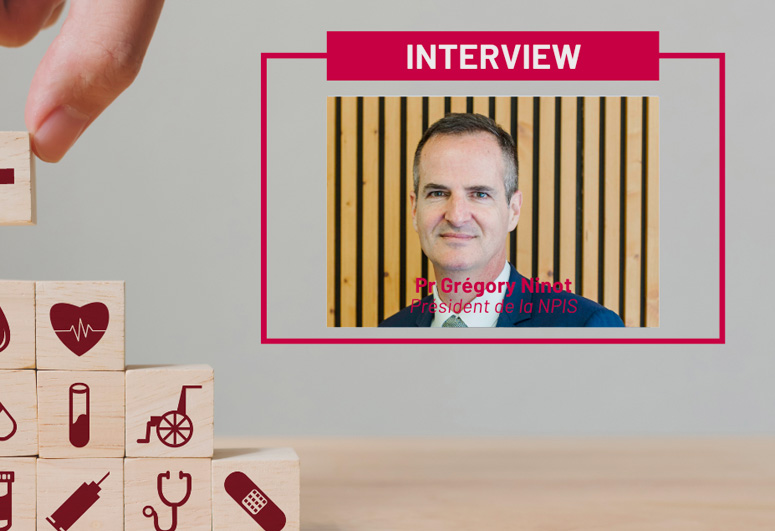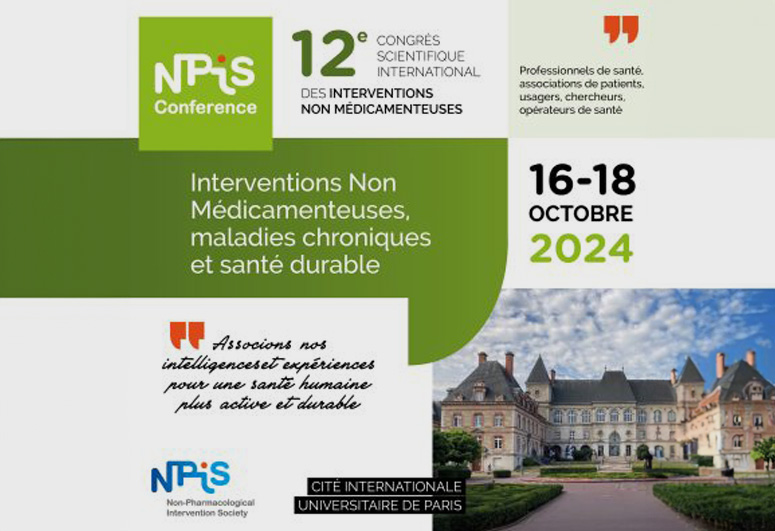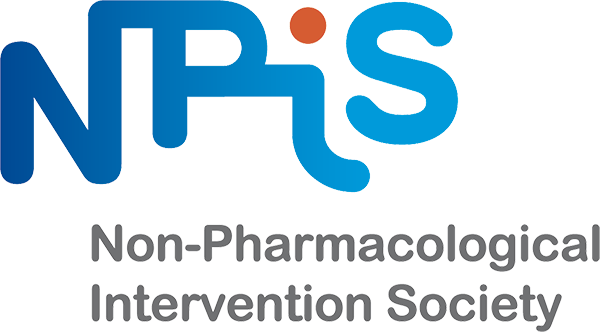What's an NPI ?
The NPIS Registry: why ?
Who is this platform for?
-
I am a citizen, a patient, a caregiver or a professional on a first visit

-
I will be able to easily find information on interventions that are actually INMs. I will also be able to provide feedback on usage. If I want to go further, I will be directed to the conditions for accessing all the data and features of the INM Repository.
-
I am a healthcare professional wishing to access all INM files

-
I will be able to find complete information on INM protocols to deepen my knowledge and practices. I will be able to provide feedback on use.
-
I am a representative of an authority, institution or organization related to health

-
If my practice organization is a partner of the NPIS, I will be able to access all the data and functionalities of the INM Repository.
-
I would like to submit a proposal for a new INM in the Repository

-
If my project meets the definition of an INM and if it is sufficiently supported by scientifically conducted studies, I will be directed to a form which will allow me to write the INM file relating to my project.
-
I am an expert selected under the INM file validation procedure

-
If I have received an email from NPIS accrediting me as an Expert in a defined field, I will be able to register to participate in the expert procedure for which I have been requested.
Become a Submitter
Learn more about NPIS and NPI :
NPIS Questions and Answers
-
Are NPI just simple recipes to apply?

-
NPI are protocols to be implemented with a target population, but they are merely specifications. They must be contextualized and personalized. The NPI Registry offers best practices and tips for optimal implementation. Furthermore, the NPIS recommends interdisciplinary training in health ethics for their application. The scientific society works with its partners to develop and recognize this foundational training, which could be conducted particularly in higher education institutions in collaboration with the Ministry of Health. This ethical training includes all the prerequisites of knowledge, skills, and attitudes necessary for interprofessional practice in health. Health professionals with practical experience, such as doctors, will have equivalencies.
-

-
PSYCHOSOCIAL DOMINANCE
Psychotherapies:
- Cognitive Stimulation Therapy for memory strategies in Alzheimer’s disease in 14 sessions by a psychologist in a healthcare facility, health center, or private practice.
- Mindfulness Based Stress Reduction (MBSR-BC) program against anxiety during cancer treatments in 8 group sessions by a clinical psychologist, psychiatrist, or physician in an oncology department, a patient association, a private practice, a health center, or a healthcare facility.
- Acceptance and Commitment Therapy for chronic pain in 9 group sessions by a clinical psychologist or psychiatrist in a healthcare facility, health center, or private practice.
- Cognitive Behavioral Therapy for Insomnia (CBT-I) in 6-8 individual sessions, either remote or in-person, by a neuropsychologist, clinical psychologist, psychiatrist, or neurologist in a healthcare facility, health center, or private practice.
- Now I Can Do Heights program using virtual reality to treat acrophobia (fear of heights) by a clinical psychologist or psychiatrist in a private practice or health center.
Health Prevention Programs:
- Living Well with COPD therapeutic education program against symptoms and exacerbations of COPD over 2 months with 4 sessions, in-person or remote, by a nurse, physician, or pharmacist in a healthcare facility, health center, or private practice.
- CHESS Method (Chronic Headache Education and Self-management) for migraine self-management by a nurse or physician in a healthcare facility, health center, or private practice.
- MyFriend Youth Program for preventing anxiety and depression among students aged 12 to 15 years, 10 sessions by a school psychologist or school nurse in an educational institution.
- Spiegel Hypnotherapy Method specialized in smoking cessation in 3 sessions by a psychologist, nurse, physician, or hypnotherapist in a private practice, healthcare facility, health center, or private practice.
- Cognitive Behavioral Therapy for Depression (CBT-d) by a clinical psychologist or psychiatrist in a healthcare facility, health center, or private practice.
CORPOREAL DOMINANCE
Physiotherapy Protocols:
- McKenzie Method for back pain by a physiotherapist in a healthcare facility, health center, or private practice.
- Pelvic Floor Muscle Training (PFMT) program by a midwife or physiotherapist in a health center or private practice.
- Rehabilitation program following hip prosthesis in 6 to 10 sessions by a physiotherapist in a healthcare facility, health center, or private practice.
Adapted Physical Activity Programs:
- Dance Therapy for Parkinson’s Disease addressing psychological symptoms of Parkinson’s by a physical activity instructor in a healthcare facility, health center, or private practice.
- Re-exercise program at ventilatory threshold against dyspnea caused by COPD by a physical activity instructor or physiotherapist in a healthcare facility, health center, or private practice.
- Anti-fatigue APA program during treatments for breast, prostate, or colon cancer by a physical activity instructor in a healthcare facility, health center, or private practice.
Thermal Treatments:
- Specialized thermal cure for gonarthrosis by a physiotherapist or thermal agent in a thermal facility.
NUTRITIONAL DOMINANCE
- Gluten-free diet for celiac disease by a dietitian in a healthcare facility, health center, or private practice.
- FODMAP diet for gastrointestinal disorders by a dietitian in a healthcare facility, health center, or private practice.
-
Does the NPIS Registry mandate the choice and implementation of an NPI?

-
The choice and implementation of an NPI at a given moment in a person's prevention and care journey do not depend on the NPI Registry, nor on the mission of the NPIS. These decisions are influenced by individual health situations, preferences, the availability of professionals, the qualifications of practitioners, accessibility in a given area, and socio-cultural contexts. The art of combining NPI with each other and with other health solutions at the right time lies with professionals, expert systems, interdisciplinary organizations, and the healthcare system in place in a specific country. The NPI Registry highlights essential practices that have proven effective and continue to evolve through research and feedback analysis. The NPIS has no authority to impose a choice of NPI. Each professional is free to follow them, to pursue others, or to create new ones. The same applies to each healthcare organization.
-

-
-
What are the specifications of a NPI?

-
Each NPI file in the NPI Registry has been submitted by a practitioner or researcher through the dedicated platform hosted by the NPIS. Each file undergoes review by an independent and integrated scientific committee. This committee invites relevant scientific societies and health authorities to validate the NPI files and/or to oversee the decisions made. Each validated file is then reviewed by a committee of users and professionals. Once labeled NPIS©, the file is translated into at least English and French and integrated into the NPI Registry.
The file contains standardized content supported by scientific studies that align with the NPIS definition of NPI, the expected specifications (Table 2), and the consensual evaluation framework for NPI, known as the NPIS Model. It includes a manual for professionals, an information notice for users, a section on funding options, and an area for anonymous user feedback. This ensures the file remains dynamic and part of a virtuous cycle of continuous improvement for the NPI.
A minimum of one prototypical study, one mechanistic study, two interventional studies, and one implementation study published in a peer-reviewed journal is required for an NPI proposal to be accepted by the expert committee tasked with validating the NPI file and awarding the NPIS© label. Specifically, experts must have evidence to anonymously vote on each criterion of the NPI file proposed to the NPIS by a submitter:- Described (≥ 1 prototypical study)
- Explainable (≥ 1 mechanistic study)
- Effective (≥ 2 interventional studies)
- Safe (≥ 2 interventional studies)
- Implementable (≥ 1 implementation study in the country)
A professional must understand all the specifics of the NPI, the criteria justifying its use, how to implement its protocol, whom to contact, useful tips, required materials, and any prerequisite training needed. -
What is the NPIS roadmap until 2030?

-
The NPIS has outlined a roadmap from 2021 to 2030 aligned with the strategies of European and international health institutions. To this end, it has initiated discussions with the European Public Health Association (EUPHA), involved in health service innovation, the European Centre for Disease Prevention and Control (ECDC), which is planning to create a registry, the European Commission, which aims to promote "health, nutrition, mental health, and psychosocial support to communities," and WHO Europe, which intends to identify the "most effective health interventions" by 2030. The NPIS submitted several European projects in 2024.
The NPIS is also engaging with WHO, which has advocated for "self-care interventions" since 2022, included NPI in its Global Action Plan for Mental Health published in 2022, and identified "the most effective and feasible interventions in a national context" in a report published in 2021. Additionally, it is collaborating with other international organizations such as UNESCO, which has promoted "specific health and well-being education interventions" since 2016, UNICEF, which has advocated for sharing "effective health interventions" since 2016 and developing "primary healthcare" since 2018, the UN, which has called for "accelerating essential health services" since 2023, and the Coalition of Partnerships for Universal Health Coverage and Global Health, advocating for "people-centered, comprehensive, and integrated services" since 2021.
Thus, an ecosystem for NPI, from research to practice through training and delivery, is being constructed, with NPIS actively participating. It involves all stakeholders, both academic and non-academic, to create a true value chain benefiting personalized and precision medicine based on science, sustainable health, and equitable longevity. With over 2.1 billion people aged over 60 by 2050, multistakeholder collaborations will be the foundation of a sustainable and equitable longevity economy.
This is why forums on NPI have been organized since 2024 in France and Europe, called NPIS Forum. An international summit titled NPIS Summit takes place every year in October, and regional events called NPIS Satellite gather professionals and users around a health theme.
Our supporters



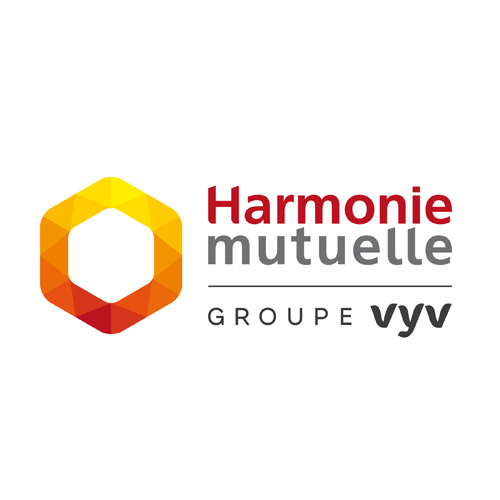

Our partners


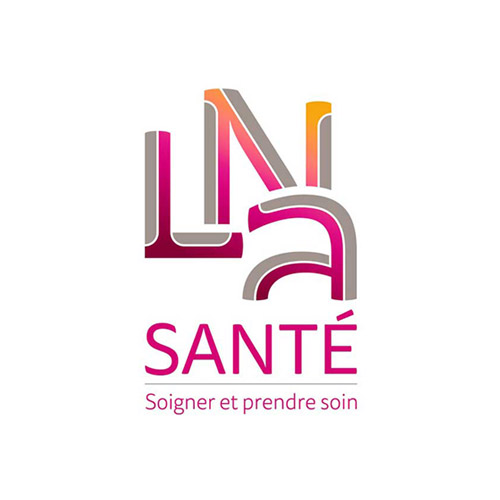
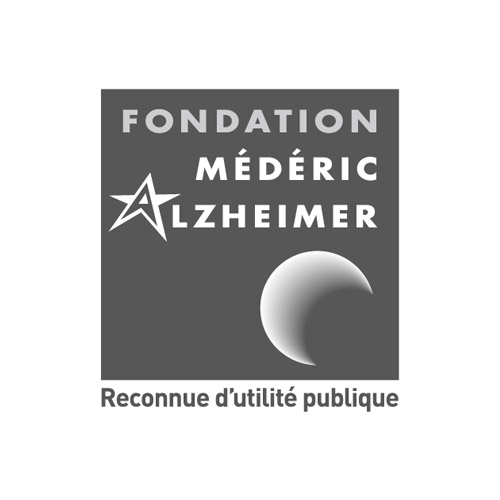
Our allies

